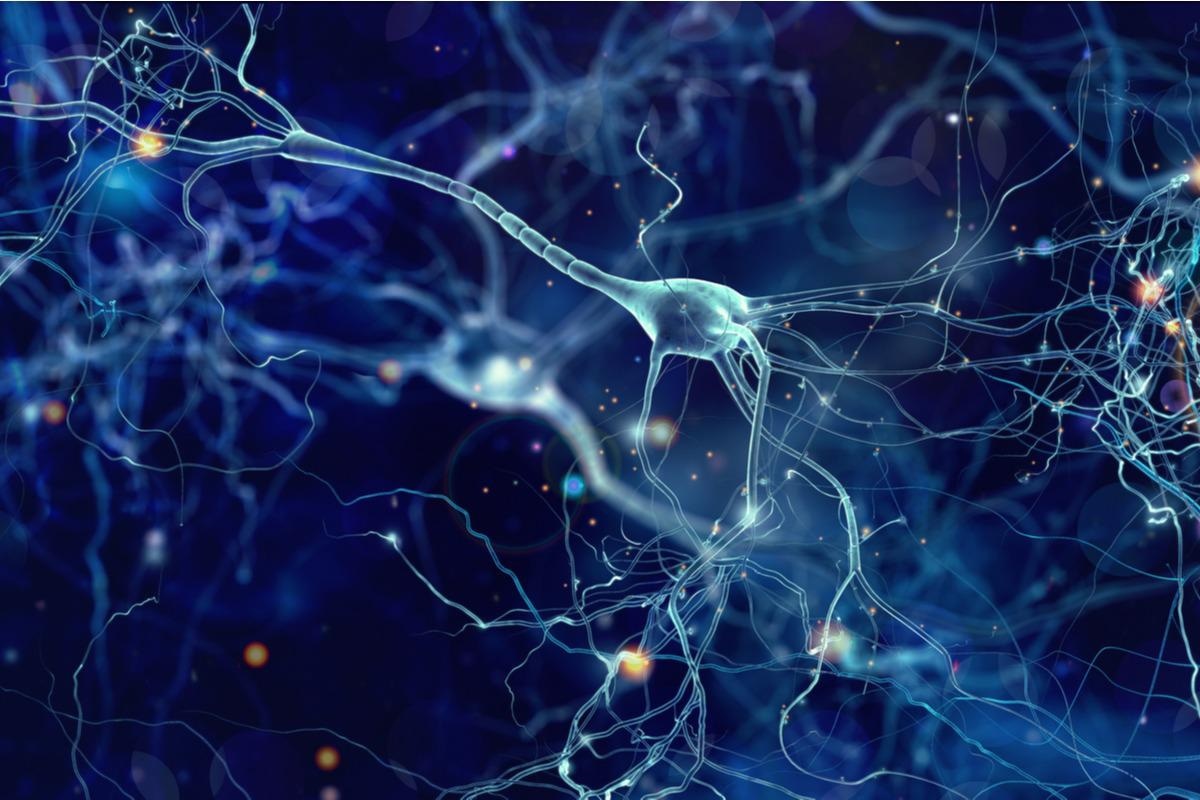best price cialis uk

Neuronal cells cultured in the laboratory or in vitro provide a model to understand neuronal biology. Neurons derived from human pluripotent stem cells (hPSC) are a tool to study neurobiology and disease pathology and for modeling diseases. However, it is challenging to grow hPSC-derived neurons in vitro due to the lack of a suitable platform.
 Study: Bidirectional cell-matrix interaction dictates neuronal network formation in a brain-mimetic 3D scaffold. Image Credit: whitehoune/Shutterstock
Study: Bidirectional cell-matrix interaction dictates neuronal network formation in a brain-mimetic 3D scaffold. Image Credit: whitehoune/Shutterstock
In a new study accepted for publication in Acta Biomaterialia, alli esta a team of scientists bioengineered a physiologically relevant, brain mimetic 3D scaffold for culturing neuronal cells. This scaffold has integrated chemical cues that support neuronal growth and network formation.
Need for a 3D scaffold
The brain is a complex organ interconnected by neuronal networks. These neuronal networks control several physiological processes and functions.
Traumatic brain injury and brain hemorrhage damage this neuronal network. This can affect the quality of life and can be a cause of death. Neurons in the adult human brain do not regenerate well. However, there is a scope for reversing damage using tissue engineering (TE) strategies that utilize stem cells and extracellular matrix (ECM) mimetic scaffolds.
The caveat to this strategy is the lack of an injectable 3D scaffold that will provide an ideal environment for transplantable neuronal cells. This scaffold should promote neural maturation and neurite outgrowth. It should provide support for the regeneration of the soft brain tissue. In short, the scaffold should mimic the native brain tissue.
Such 3D scaffolds can also be used as in vitro brain models for disease modeling, drug discovery, toxicological studies, and understanding basic neurobiology.
TE-based brain models
Previous studies to design TE-based brain models have used Matrigel, silk fibroin, alginate gels, chitosan gels, polyethylene glycol PEG-derived, and 3D-printed rigid scaffolds using two-photon polymerization for longer culture. However, these scaffolds do not mimic the ECM composition and mechanics of the brain tissue.
Around 10-20% of the brain ECM is composed of glycosaminoglycans such as chondroitin sulfate (CS), hyaluronic acid (HA), and lecticans such as aggrecan, phosphacan, versican, and neurocan, with HA and CS as the major components. Previous studies have designed scaffolds based on HA and CS for culturing neuronal cells – mostly rodent-derived neuronal cells and organotypic brain slice cultures. However, rodent neuronal cells do not recapitulate human neurophysiology.
Neuron-ECM interactions
Neuron-ECM interactions regulate cell state, fate, maturation, differentiation, and survival. Also, cells remodel ECM by secreting certain factors.
Proteins important for ECM interactions include Matrix metalloprotease 10 (MMP-10), collagens, laminins, and integrin α6β4. The expression of these proteins by the hPSC-derived human neuronal cells can indicate favorable neuronal maturation due to 3D culture.
Designing an ideal 3D scaffold
The scientists prepared different transparent hydrogels using HA and CS as the building blocks and linked them with dopamine (DA) moieties. They assessed the viscoelastic properties of these gels and studied the stability and swelling behavior of the hydrogels.
HA is commonly used for designing 3D scaffolds. CS can support neuronal growth and maturation. DA could enhance the stability of the matrix in cell culture medium, bind and trap cell-secreted ECM proteins and remodel the matrix and help in the maturation of neurons.
The gels were viscoelastic, injectable, self-healing, and dynamic in nature.
Growth of hPSC-derived neuronal cells
The hPSCs used in this study were acquired from individuals who had voluntarily given written and informed consent.
HA gels did not support the maturation of the neuronal cells. The HA-CS gels supported neurite outgrowth stimulating neuronal cell maturation. The DA conjugated HA hydrogels did not promote the maturation of neuronal cells but promoted the aggregation of the cells. The HA-CS composite gels linked with DA displayed astonishing neurite outgrowths.
These gels had enhanced scaffold stability and remodeling properties. Neurons cultured in this scaffold expressed genes important for cell adhesion and cell-ECM signaling.
Thus, the HA-CS scaffold linked with DA supported neuronal growth and network formation. DA provided the integrated chemical cues required to trap the cell-produced ECM and neurotrophic factors. These chemical cues also remodel the matrix and support neurite outgrowth.
Implications
This study identified the key chemical cues necessary for designing a 3D scaffold. The brain mimetic 3D scaffold designed in this study offers a valuable TE and disease modeling tool. It can further our understanding of human diseases gained from animal models. Furthermore, the tailored injectable scaffold possesses self-healing properties that can be explored to design injectable gels for regenerative medicine.
Samanta, S. et al. (2021) "Bidirectional cell-matrix interaction dictates neuronal network formation in a brain-mimetic 3D scaffold", Acta Biomaterialia. doi: 10.1016/j.actbio.2021.12.010. https://www.sciencedirect.com/science/article/pii/S1742706121008163
Posted in: Medical Science News | Medical Research News | Disease/Infection News
Tags: 3D Culture, Brain, Brain Hemorrhage, Cell, Cell Adhesion, Cell Culture, Chitosan, Coronavirus Disease COVID-19, Disease Modeling, Dopamine, Drug Discovery, Genes, Hydrogel, in vitro, Laboratory, Medicine, Neuron, Neurons, Neurophysiology, Pathology, Stem Cells, Tissue Engineering, Traumatic Brain Injury

Written by
Dr. Shital Sarah Ahaley
Dr. Shital Sarah Ahaley is a medical writer. She completed her Bachelor's and Master's degree in Microbiology at the University of Pune. She then completed her Ph.D. at the Indian Institute of Science, Bengaluru where she studied muscle development and muscle diseases. After her Ph.D., she worked at the Indian Institute of Science, Education, and Research, Pune as a post-doctoral fellow. She then acquired and executed an independent grant from the DBT-Wellcome Trust India Alliance as an Early Career Fellow. Her work focused on RNA binding proteins and Hedgehog signaling.
Source: Read Full Article